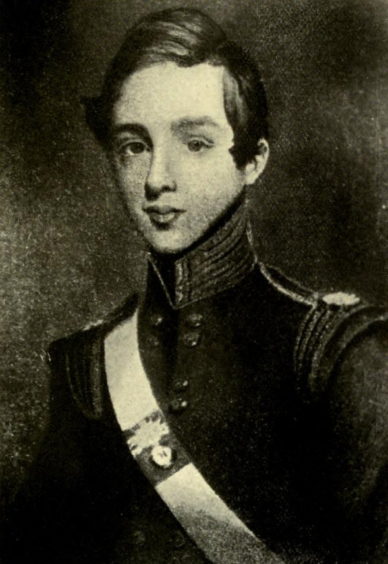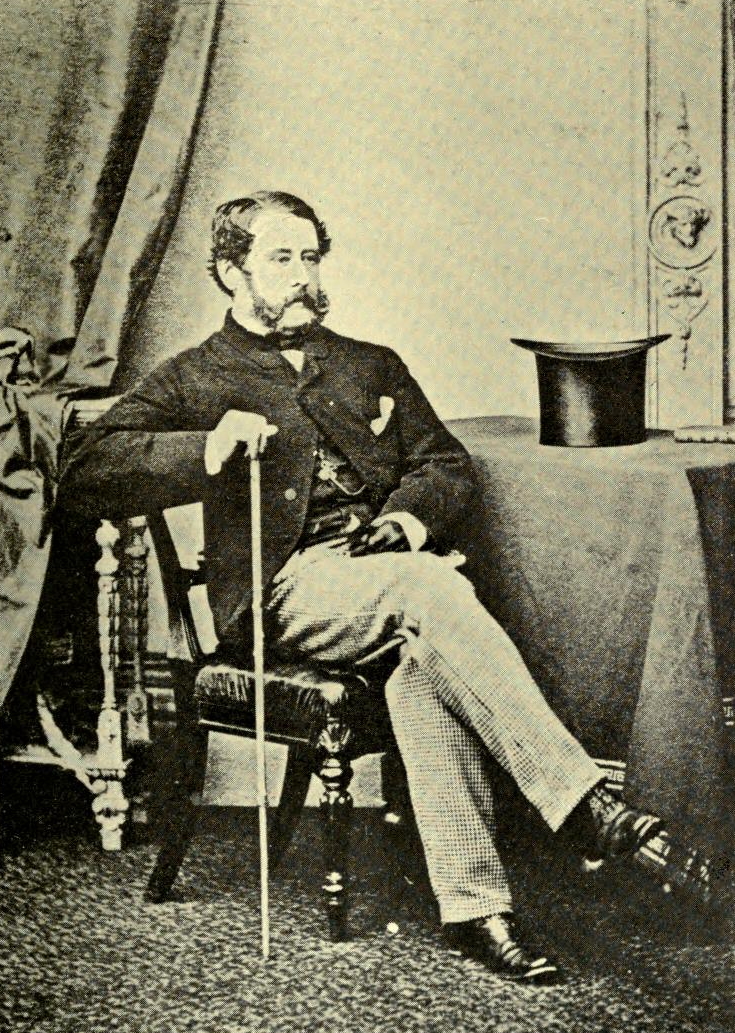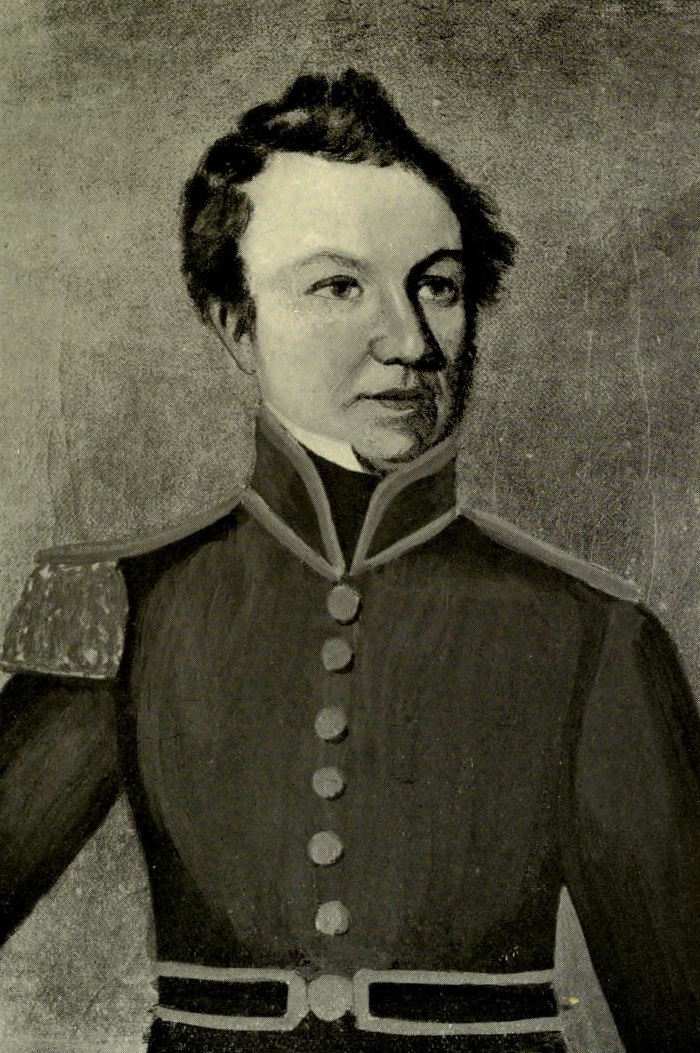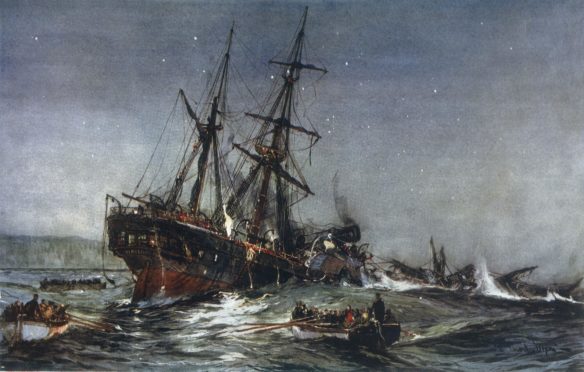
They call it Shark Alley – an area of water off chillingly named Danger Point and the hunting ground for the world’s densest population of deadly Great Whites.
But the 643 British sailors, soldiers, and families travelling on board the troop ship HMS Birkenhead could not have known that – until their vessel struck a rock and sank. They had been on their way to South Africa’s Algoa Bay at Danger Point near Gansbaai, 87 miles from Cape Town.
With too few lifeboats on board, the men stepped aside to make sure the women and children on board were saved. Just 193 survived.
The tragedy that unfolded during the early hours of February 26, 1852, was once heralded as one of the world’s most outstanding examples of supreme courage.
But literary historian Dr Stephen Carver – who is writing a new history of the wreck – fears the bravery of the hundreds of Scots on board has been all but forgotten. And, as the 168th anniversary of the tragedy looms, he wants to ensure they are remembered.
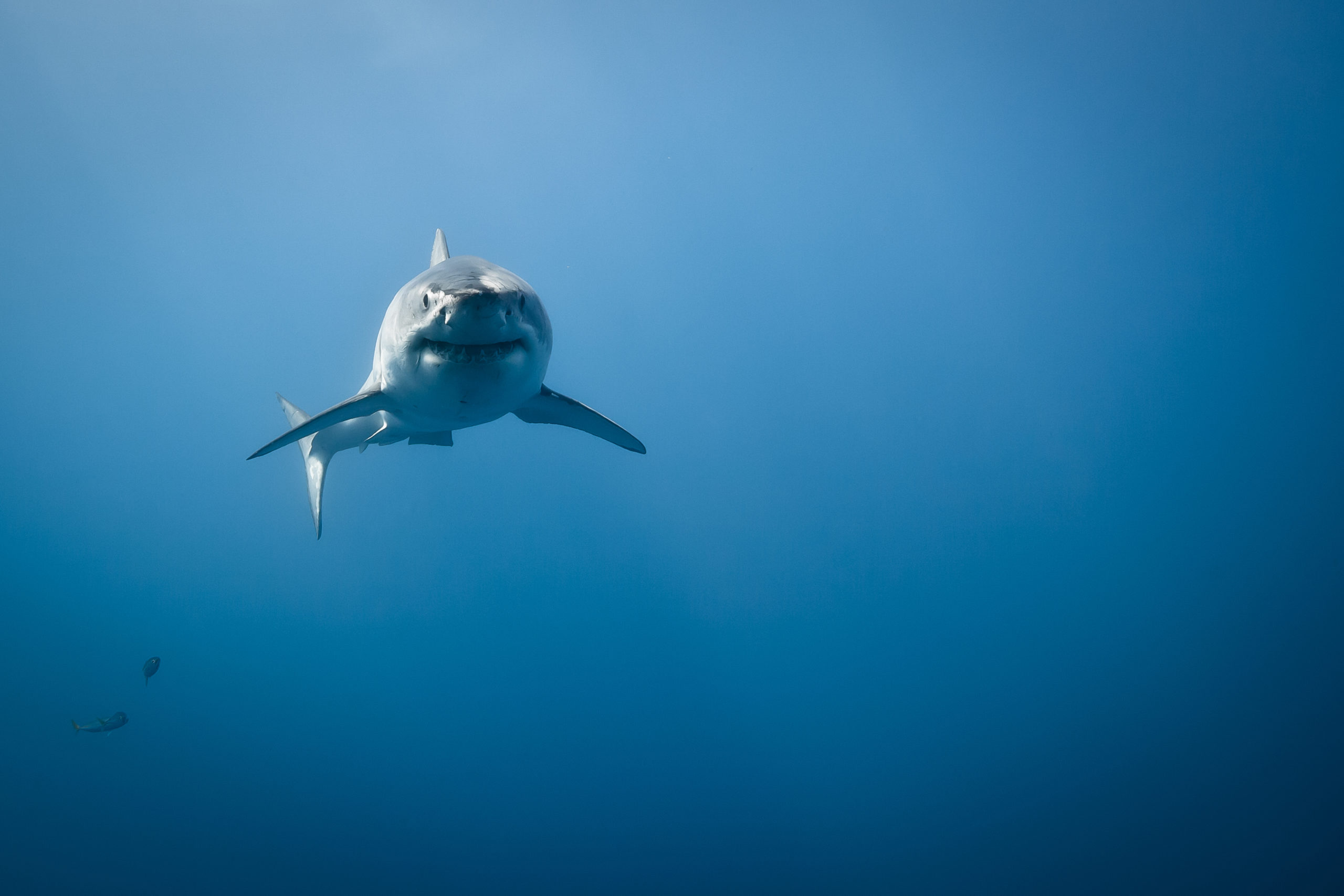
The Norwich-based academic, who has family north of the border, said: “There would have been at least 200 Scots on that ship. It was carrying the 73rd, 74th and 91st Regiments of Foot – now the The Black Watch Royal Highland Regiment, The Royal Highland Fusiliers and The Argyll and Sutherland Highlanders.
“It was two Scots officers who saved the day. Both realised the lifeboats would be swamped, and gave the word to “stand fast”. One went down with the ship. The courage they displayed inspired every redcoat to stand firm, saving every civilian life on board.”
Dr Carver today opened his research to The Sunday Post, and shared stories of the great Scots on board; heroes like 19-year-old Ensign Alexander Russell, a boy from Glen Almond, snatched by a shark as he saved a drowning man.
Dr Carver – who penned the novel Shark Alley based on the tragedy – pointed to a memorial to some of those lost that stands at St Giles’ Cathedral in Edinburgh. He said: “I want the Scots on board the Birkenhead to go down in history with all due prominence.”
The Scots
THE LIEUTENANT COLONEL
Lieutenant-Colonel Alexander Seton, 38, was the most senior military officer on board HMS Birkenhead. He said goodbye to his family seat at Mounie Castle, near Inverurie in Aberdeenshire, to join the Army in 1832 aged 18, buying his commission as Second Lieutenant in the 21st Royal North British Fusiliers.
He spoke 15 languages and viewed soldiering as a science. He joined the 74th Highlanders as a Captain in 1847. Later promoted to Lieutenant-Colonel, he was sent to South Africa to take command of his regiment, travelling on the ship with reinforcements to the third colonial war with the Basuto nation. It was brave Seton who ordered the soldiers on deck to form ranks and stand at attention so the women and the children would get away first. He went down with the ship.
THE ARMY CAPTAIN
Captain – later Colonel – Edward William Carlyle Wright, was the second most senior military officer on the ship. Wright, understood to have hailed from Edinburgh, had earned his first commission at Sandhurst. He had seen action and had been mentioned in dispatches, having commanded the 91st for two years.
A natural leader, he was highly respected by his men. It was Wright who, as the ship sank beneath them, helped Seton to keep the soldiers under control on deck. He survived sinking and, using a broken section of deck as a makeshift raft, saved 14 men from the water and got them to shore. He later commandeered a whaling boat and returned to search for more survivors, saving two more men. For his discipline and courage, Wright was granted a Distinguished Service Pension. At the Naval Court Martial that followed the disaster – at which all officers were exonerated of blame – Wright said: “Everyone did as he was directed and there was not a murmur or cry amongst them until the ship made her final plunge.” He died at his home in Chelsea in 1871.
THE NAVY CAPTAIN
Royal Navy Captain Robert Salmond was Master-Commander of the ship. His course hugged the rocky coastline more than it probably should have, and this was the likely cause of the disaster.
Another Scot, he is thought to have lived in Fife before moving to Hampshire. Salmond had reached his position by merit. He had joined the Royal Navy in 1838, serving on a number of warships. He stayed at the wheel as the Birkenhead went down and was last seen alive, swimming to a floating portion of the forecastle deck when wreckage struck him on the back of the head. He sank beneath the waves.
THE YOUNG OFFICER
Ensign Alexander Russell was a member of Seton’s regiment and was new to the Army. A 19-year-old from Glen Almond in Perth and Kinross, he survived the wreck and was plucked from the shark-infested waters by one of the ship’s cutters under the charge of Able-Seaman John Lewis. Lewis was pulling as many men out of the water as he could. He spotted a man moving in the water, exhausted and close to death, but Lewis was fearful of adding more weight to the perilously overloaded boat. Ensign Russell insisted the survivor be taken on board, selflessly offering to take the stricken man’s place in the water. Within minutes of slipping into the deep, a great white shark lunged and dragged him under.
Maritime artist Thomas M Hemy, known for his painting The Wreck of the Birkenhead (1893), depicted the sacrifice of Ensign Russell. The painting is understood to be held at the Regimental Museum of the Royal Highland Fusiliers in Glasgow.
THE MEMORIALS
In 1859, a monument to those lost at sea on the Birkenhead was erected at London’s Royal Hospital, Chelsea, by command of Queen Victoria, who took a personal interest in the project. After Edward Wright’s death, a plaque in his honour was added.
There is also a memorial in St Giles’ Cathedral, Edinburgh, which bears the inscription: “In memory of Lieut-Colonel Alexander Seton, Ensign Alex C Russell, and forty-eight NCOs and men of the 74th Highlanders who were drowned at the wreck of HMS Birkenhead on the 26th February 1852, off Point Danger, Cape of Good Hope, after all the women and children on board had been safely landed in the ship’s boats.”
In 1895, a lighthouse was constructed at Danger Point to warn shipping of the rocks. In 1936, a remembrance plate for the Birkenhead was affixed to its base by the Navy League of South Africa. A new Birkenhead memorial was erected nearby in 1995.

Enjoy the convenience of having The Sunday Post delivered as a digital ePaper straight to your smartphone, tablet or computer.
Subscribe for only £5.49 a month and enjoy all the benefits of the printed paper as a digital replica.
Subscribe